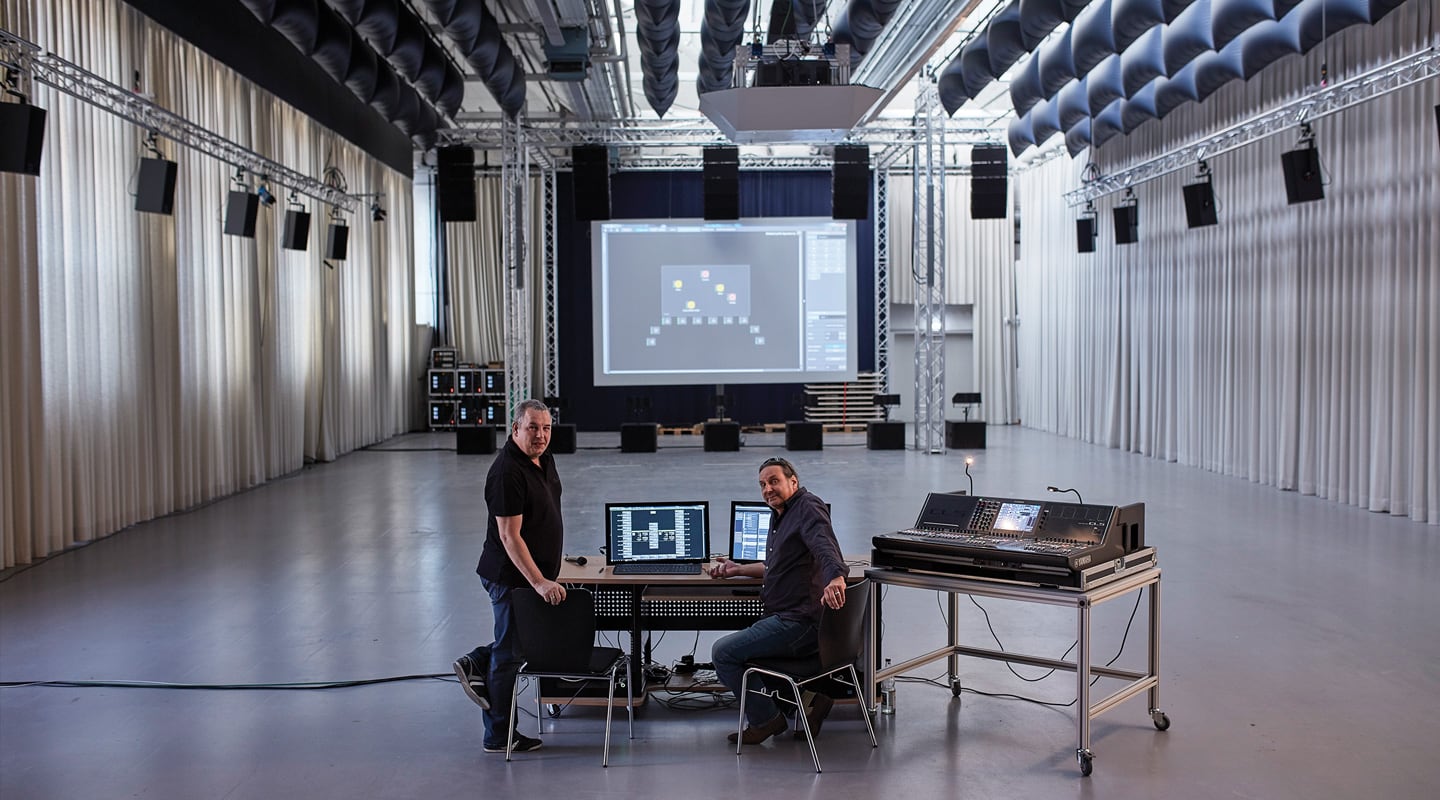
Exploring the Soundscape
d&b’s Ralf Zuleeg talks about the beauty of ‘what you see is what you hear’.
Ralf Zuleeg is d&b’s head of Sales Services & Application Engineering. If Soundscape is anyone’s ‘baby’, it’s Ralf’s.
For d&b, it was a case of ‘what would be the next loudspeaker?’ With GSL, we have an amazing new loudspeaker with great properties — great directivity, SPL; everything is outstanding. Yet, still, we’re stuck in a left/right speaker world. For me, the most important thing was my belief that for 30 years we’ve been doing it wrong.
Then some years ago we worked with Kraftwerk on an immersive concert system. That tour got a lot of press coverage; people heard about it; and more people began jumping on board.
This is the normal way that an idea develops: you persevere, you can never make it all on your own, you need competition, you need to push some controversial ideas, you need to keep the passion going… We now have other major players coming on board, money is in the game, and we can move things forward. We now have critical mass.
My original vision for Soundscape was for it to be a frontal system. Not so much a 360 system, but a system that could reproduce sound in the right way — a ‘what you see is what you hear’ system.
I recall being at a Laurie Anderson concert. I was in the 5th row, right in front of the left PA stack. It was waste of time.
I want to have a proper relationship with what’s happening on stage, no matter where I am in the audience. Not that everyone is hearing the same thing but they are hearing the right thing.
From there, 360 is the logical extension. At d&b this became the idea behind the En Scene user interface. And if you already have loudspeakers in the round, the next logical step is to emulate any acoustic space — something we address with En Space.
There are going to be barriers to acceptance. Even at this early stage we have some productions and installations where the people don’t understand why they have all of these extra speakers.
Every new idea; every new approach needs a whole new level of support. People need to see the benefits, the results and the reviews. We’re talking to a number of major bands and we’re in no doubt that there will be a whole lot of hand holding to make it happen.
It’s interesting, we’re not talking to the same people. It’s not the technicians anymore. We have to talk to producers, production managers and the artists to get there.
There is an extra cost to an immersive audio production.
For frontal systems with proper preparation, financially you’re talking about an extra 20-25%. A lot of that is in getting a proper set design put together. The extra rental cost is fairly minimal.
You don’t have 5 x 24-deep arrays at the front. The arrays are smaller and you distribute the energy in a different way. A frontal system might have around 30% more loudspeakers.

ARRAY CONFIGURATIONS
When it comes to immersive audio, you need to say goodbye to a purely technical approach to sound reinforcement system design.
You have to look at energy distribution. This is not the time to rely only on a measurement microphone, you should listen and design for human beings.
You of course need proper coverage but you need fewer boxes in an array. The interesting thing with immersive sound, especially with 360 systems but also frontal systems, is that it appears to be louder than it actually is. You have this impression of audio coming from all directions. Psychoacoustically, it can feel really quite loud, but you can turn around and talk normally to you neighbour. What, I can just talk normally?!
The spatial distribution of the sources, in the horizontal and the vertical — the two-dimensional distribution of energy, if not the three-dimensional of energy — makes the game a bit different. We have to take into account that we’re using the same energy but we’re using it differently.
Horizontal coverage is also managed differently to a conventional L/R array. Each array should be able to cover the entire target area (or as much as possible). Each array should be spaced such that the maximum distance between the arrays are about 70% of the distance of the closest listener. That’s the density required.
There’s definitely a psychoacoustic aspect to immersive audio that we don’t yet fully understand. Which is why I say you need to design a system with your ears as much as with a tool like ArrayCalc.
LEVEL OF ACCEPTANCE
We set up a d&b Soundscape system in the Acoustic Stage at the Glastonbury Festival and made it available to visiting front of house engineers — none of which had used the system before. Just one or two out of the 10 or so bands elected not to use it, most were interested and had a go.
I think the barrier for some front of house engineers is not having the picture in their heads. If you’re used to doing things a certain way with channel-based mixing then you may find it harder to have that imagination. It could be easier if you’ve only had a five or six years of experience and are seeking new ideas.
In other words, the barrier is psychological. There’s not much extra effort required of the sound engineers. You’re working on the same mixing console, it’s just that you’re using the most expensive panner in the world to position your signals!
Look at car manufacturers. They’re now software companies. I think in the same way, d&b becoming a software company is a normal development and fascinating as well. As a loudspeaker manufacturer everything new is depending on software and signal processing — whatever is coming next is going to rely on software.

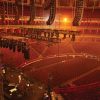


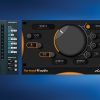
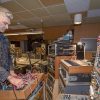
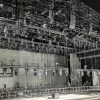



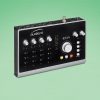

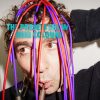

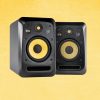



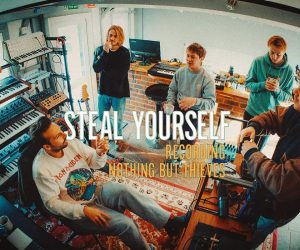
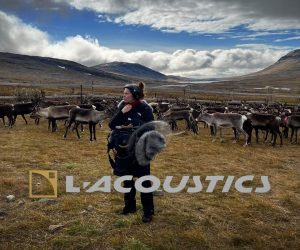


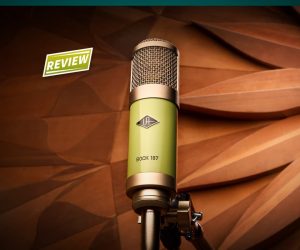








RESPONSES